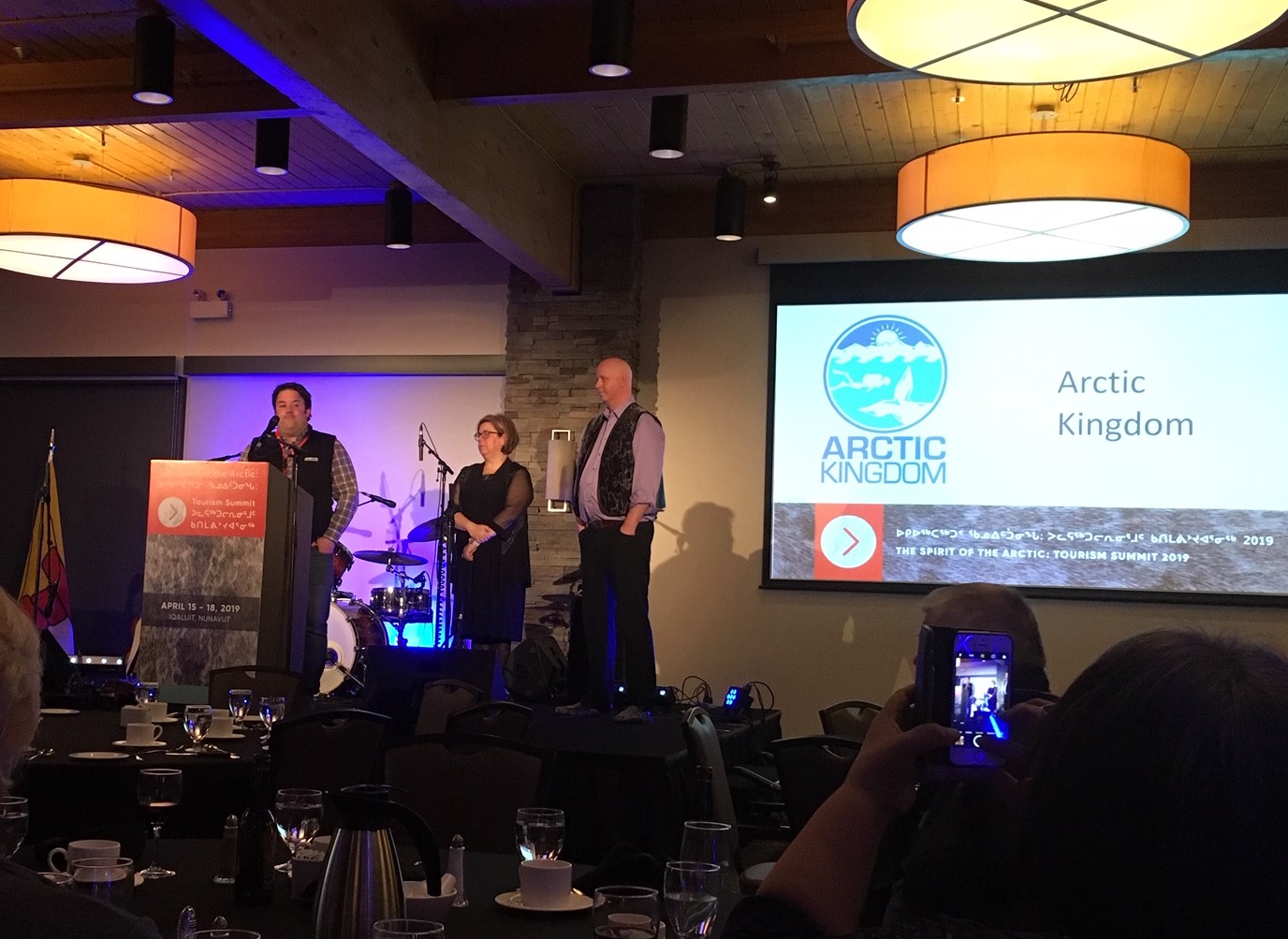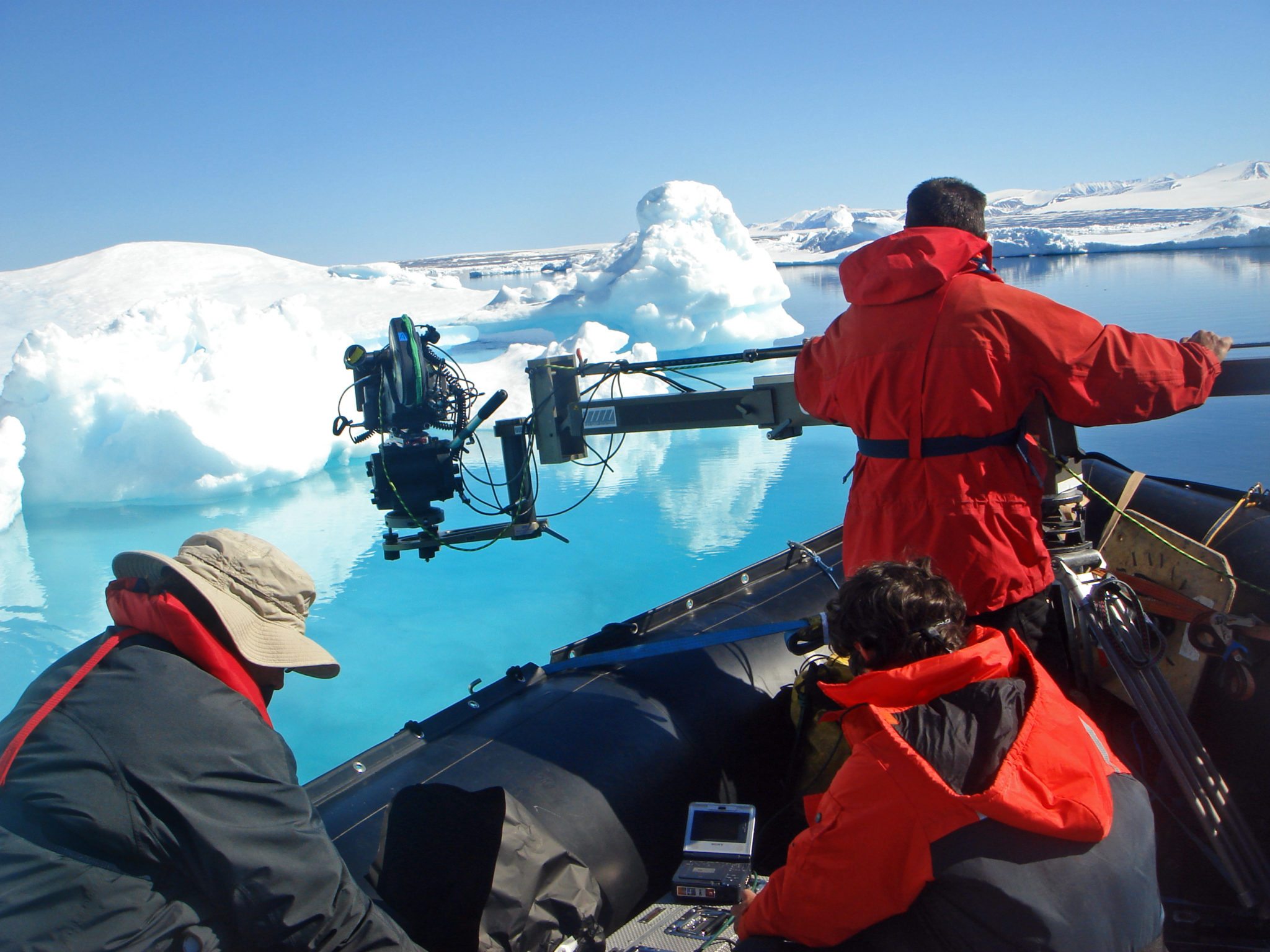Ever wondered how the ancestors of the Inuit came to the Canadian Arctic? Did you know there were people there already, the Dorset civilization, that would mysteriously disappear around 1500 A.D.?
Like the plot from a movie, it’s believed that the Thule civilization may have expanded east with rumours of steel from trade with Vikings!
Join us as we explore the history of these two ancient peoples who were able to thrive and develop traditional cultures in the Canadian Arctic.
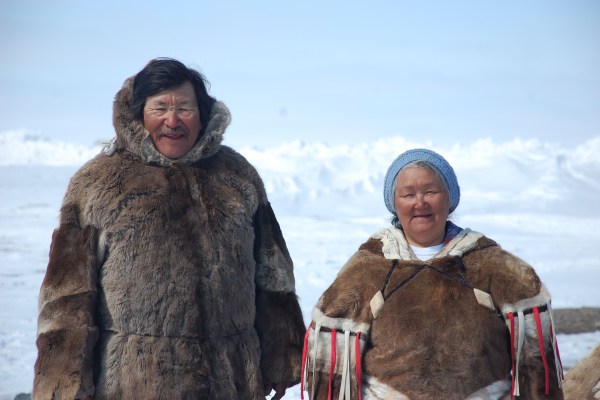
The Dorset Peoples
Who were the Dorset? The civilization would get their name from Cape Dorset, on the southern tip of Baffin Island, where they first found evidence of their society. This would be closer to Hudson Bay than the High Arctic, demonstrating a migration south. But why?
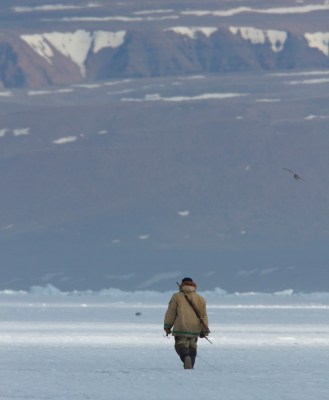
The Dorset were spread across the Arctic from 500 A.D. to 1000 A.D. but would mysteriously start to spread into the Hudson Strait region, Labrador, and Newfoundland. By 1500 A.D. they had completely disappeared.
Their southern migration would coincide with a migration east by the ancestors of the modern Inuit, called the Thule civilization. There seems to be little to no interaction between the Dorset and the Thule and significant difference in their culture and technologies.
The origins of the Dorset are largely unknown. They appear to have descended from earlier inhabitants but oddly the Dorset seem to have lost technologies like the bow and arrow and had not developed the drill or built boats for hunting.
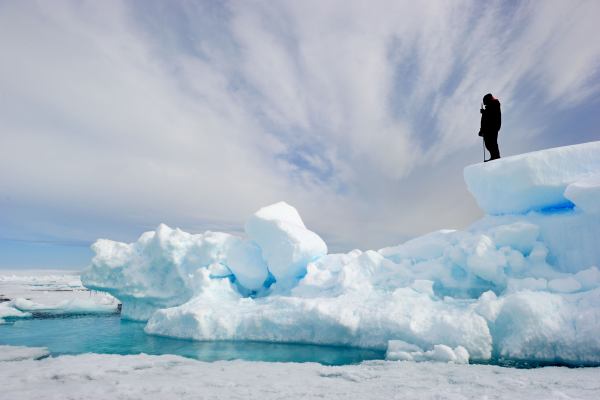
They relied almost entirely on the ice for hunting and without boats, the winter freeze was their life. Their hunting strategies focused on holes in the ice that seals and small whales like narwhal use to breath, similar to how polar bears hunt in the winter. Without the bow and arrow, they couldn’t hunt land mammals like caribou and muskox.
So when the Medieval Warm Period (800 A.D. – 1,200 A.D.) came, the seasons became less predictable and the massive decline in sea-ice threatened their world.
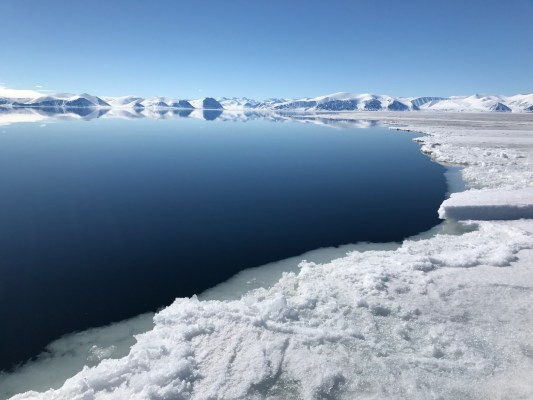
This shift would have certainly had an enormous effect on their society and isolated many of their communities. Unfortunately, their shift into the east meant they would have had interactions with Europeans, like travelling Vikings, who introduced new diseases that may have led to their extinction.
Based on the dates, it’s believed that Vikings on Greenland would have encountered the Dorset peoples along the western coast and that it would have been the Dorset that Leif Erikson termed “Skraelings” when he travelled to Newfoundland.
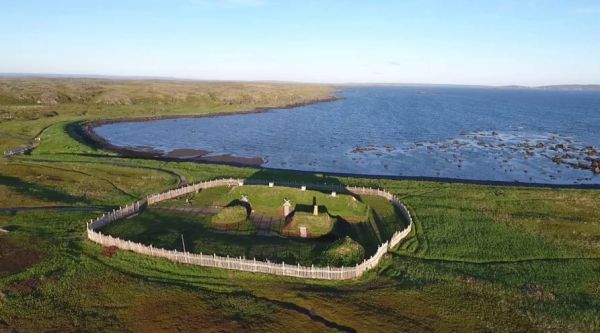
(ancient-origins.net)
The Thule Civilization
They were a civilization with fortified communities along the Bering Strait before they expanded into the Eastern Arctic. Their culture is marked by their extensive development of tools and technologies. And they may have traded with Asia and the Vikings.
So who were the Thule?
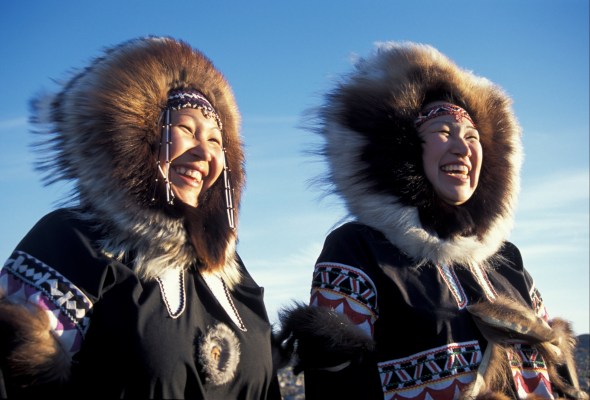
They are the ancestors of the modern Inuit and named for an archaeological site discovered on Greenland, the farthest reach of a remarkably well-connected society.
They don’t seem to have invaded the lands of the Dorset but rather inhabited the areas formerly occupied by the Dorset. There were a number of differences between the two peoples that may have allowed the Thule to survive where the Dorset had chosen to leave.
The Thule had a wider array of hunting techniques and technologies that allowed them to thrive in this area at a time when climates were shifting. Unlike the Dorset, the Thule peoples had the bow and arrow, which allowed them to hunt during the summertime.

(smithsonianmag.com)
To the Thule’s advantage, hunters used kayaks and large open boats called umiaks. This combined with advanced harpoon technology allowed them to track and hunt bowhead whales, the Arctic’s biggest whale.
The use of dog sleds allowed them to travel further, faster and with larger loads. This meant they could practice trade, explore new hunting areas, follow migrating large game and sea mammals, and provided the ability to bring more supplies for semi-permanent winter settlements.
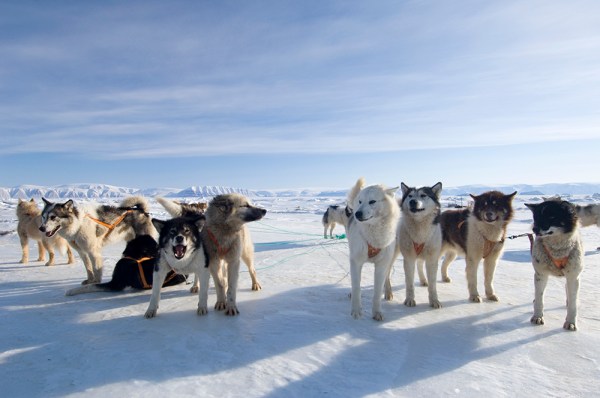
What’s most incredible is that they were using iron for tools and hunting in Alaska. They practiced a process called “epi-metallurgy” that made the metal stronger, harder and with more efficient points.
Their established society and culture allowed them to flourish in their environment, but it may also have led to certain disadvantages that inspired them to migrate east.
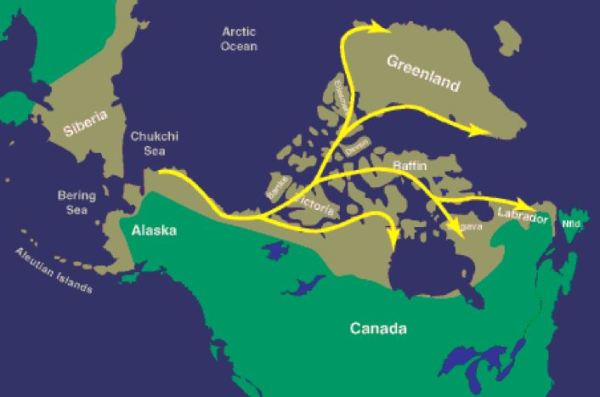
(anthropology.uwaterloo.ca/ArcticArchStuff)
Around 900 A.D., the Thule had settled a large part of Alaska along the Bering Strait. There’s evidence of a highly competitive and densely populated culture with hierarchical village societies of artists and political leaders. They are believed to have had militias and wore Chinese-style slat armour made from animal bones. They may have even developed and designed their bow and arrows from Mongolian influences.
These are often described as the factors that led to their expansion east, over-population and shrinking hunting territories, but there are two interesting reasons now believed to be a major cause of this migration.
One is the widely held belief that the Medieval Warm Period, which coincides with their expansion, opened new territories from ice that drew bowhead whales further east bringing Thule hunters along.
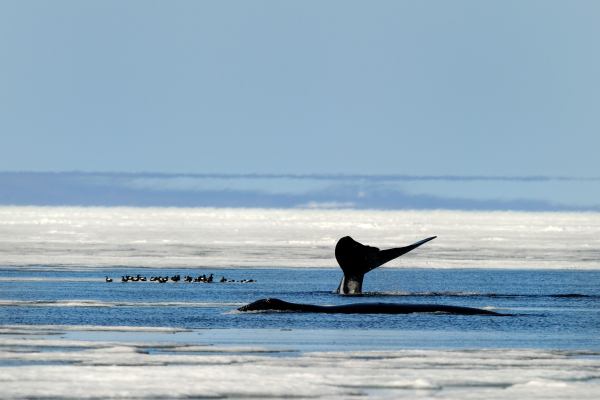
The second is based on their use and dependence on iron. The Bering Strait Thules may have faced a shortage of the metal due to disruptions in the East Asian trade due to the rise of Genghis Khan and the Mongols.
Word of iron sources in the east spurred them to set out in search of the precious metal. These sources were meteors around Cape York and trade with Vikings. Evidence of trade with Europeans can be seen by walrus ivory being found as far as Venice.
This was an advanced and organized society that flourished in the Arctic. There seems to have been two major migrations by the Thule. The first from 900 A.D. to 1100 A.D. where they left Alaska and settled along the Arctic coastline.
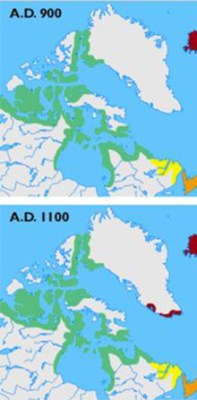
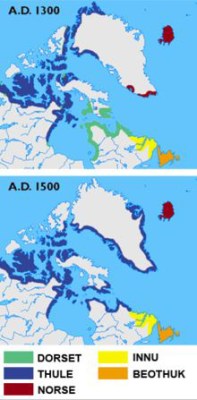
Then between 1100 A.D. to 1500 A.D., they spread further into the Arctic. Travelling north into the High Arctic of the Canadian Archipelago, east into Greenland and south into the Hudson Bay region.
But what happened to a civilization that spread from Alaska to Greenland? The environment.
A climate that opened the east for them would shift into a Little Ice Age between 1400 A.D. and 1600 A.D. that limited the use of boats and the number of whales present in these areas. This shortened the season for open-water whale hunting and soon they abandoned using kayaks and umiaks in the High Arctic. By 1600 A.D. they had completely abandoned this region, moving south to avoid the severe climate. And soon the well-connected communities were isolated by their environment.
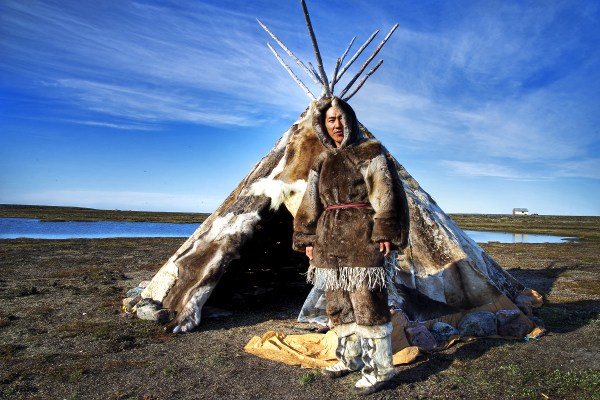
Their Legacy
While the Dorset peoples have gone extinct, they are remembered in stories and myth by today’s Inuit as the Tuniit. The legends describe them as giants, that were taller and stronger than the Inuit but afraid to interact and quick to flight. Part of this comes from the giant rock circles that had lined the Dorset’s shelters that seemed placed there by giants.
Even to this day their legacy continues in the festival Toonik Tyme, held in Iqaluit during the spring, to celebrate the coming of the longer days for hunting and to welcome travellers, such as the legendary Toonik, or Tuniit, who would compete in friendly games with the host communities.
Learn more about the Toonik Tyme Festival here.

The Thule would live on in the Inuit today and they accomplished something that the Dorset and Europeans were unable to, survive and thrive in the Arctic. To this day their traditional knowledge is passed on to younger generations and are the key to understanding annual animal migrations and an often-extreme climate. Their own culture, rooted out of the environment and the land they are the stewards of, have produced remarkable art and the unique musical genre of Throat Singing.
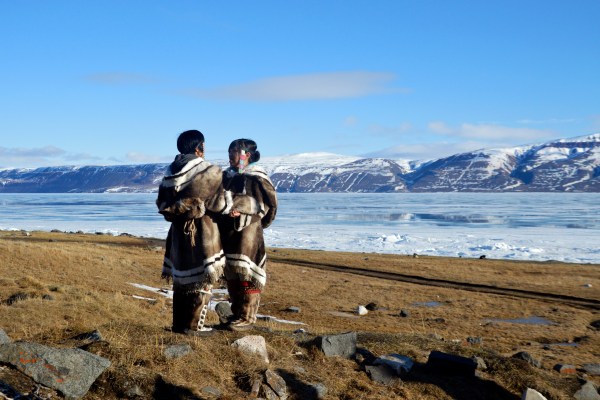
The Thule built winter settlements with semi-subterranean winter houses. In the summers they used tents with skin coverings, but their winter settlements have foundations and these sites can be visited today.
Thule winter settlements used bowhead whale bones and rocks to build a couple of structure including, food caches and could have from one to four houses with about ten people in each home.
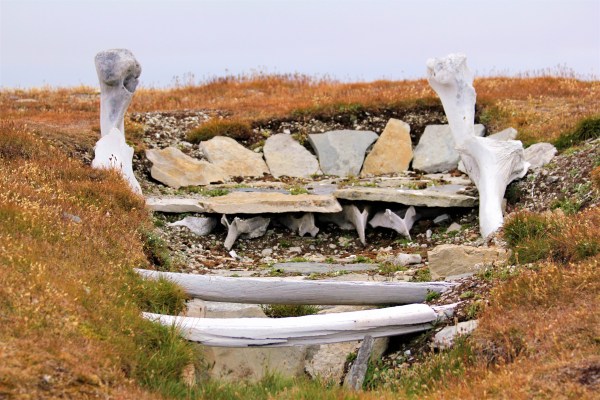
Amazingly, due to the environment these settlements were built into, the faunal has preserved many of these Thule sites and since they’re relatively recent, historically speaking, many of these sites remain.
If you’re interested in visiting Thule sites or exploring their Arctic world, join us on a programmed safari or plan your own private trip based on your interests and goals.
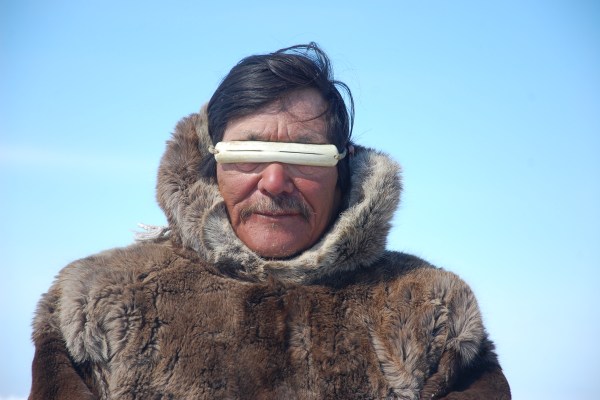
Experience The Arctic On A Safari
Get chances to view elusive Arctic wildlife and experience the majesty of the Arctic on safaris almost year-round. View all Arctic Safaris here.
Ready for adventure? Contact our Arctic Travel Advisors to book.
Are you still curious about the many wonders of the Arctic or looking for more interesting content then explore more blogs here!
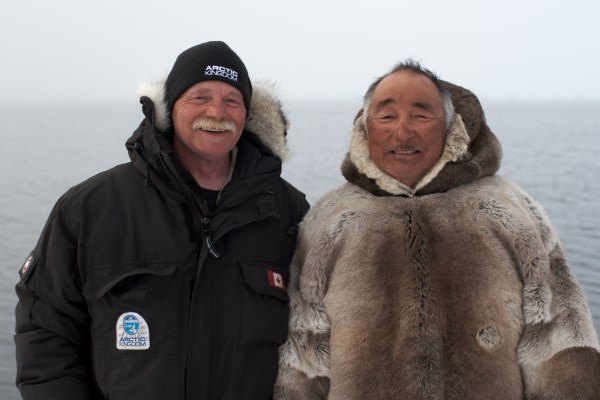
By: Mat Whitelaw


